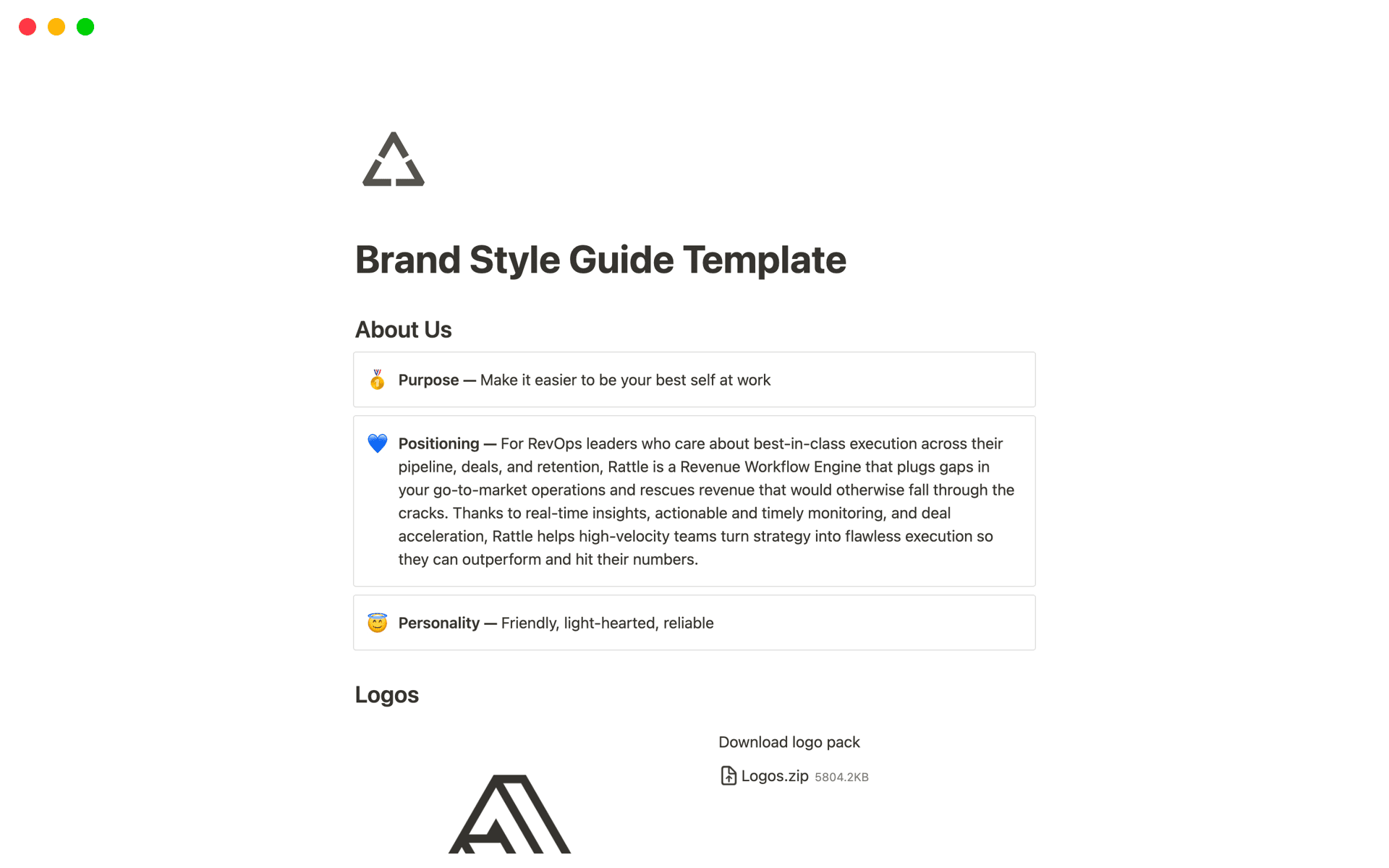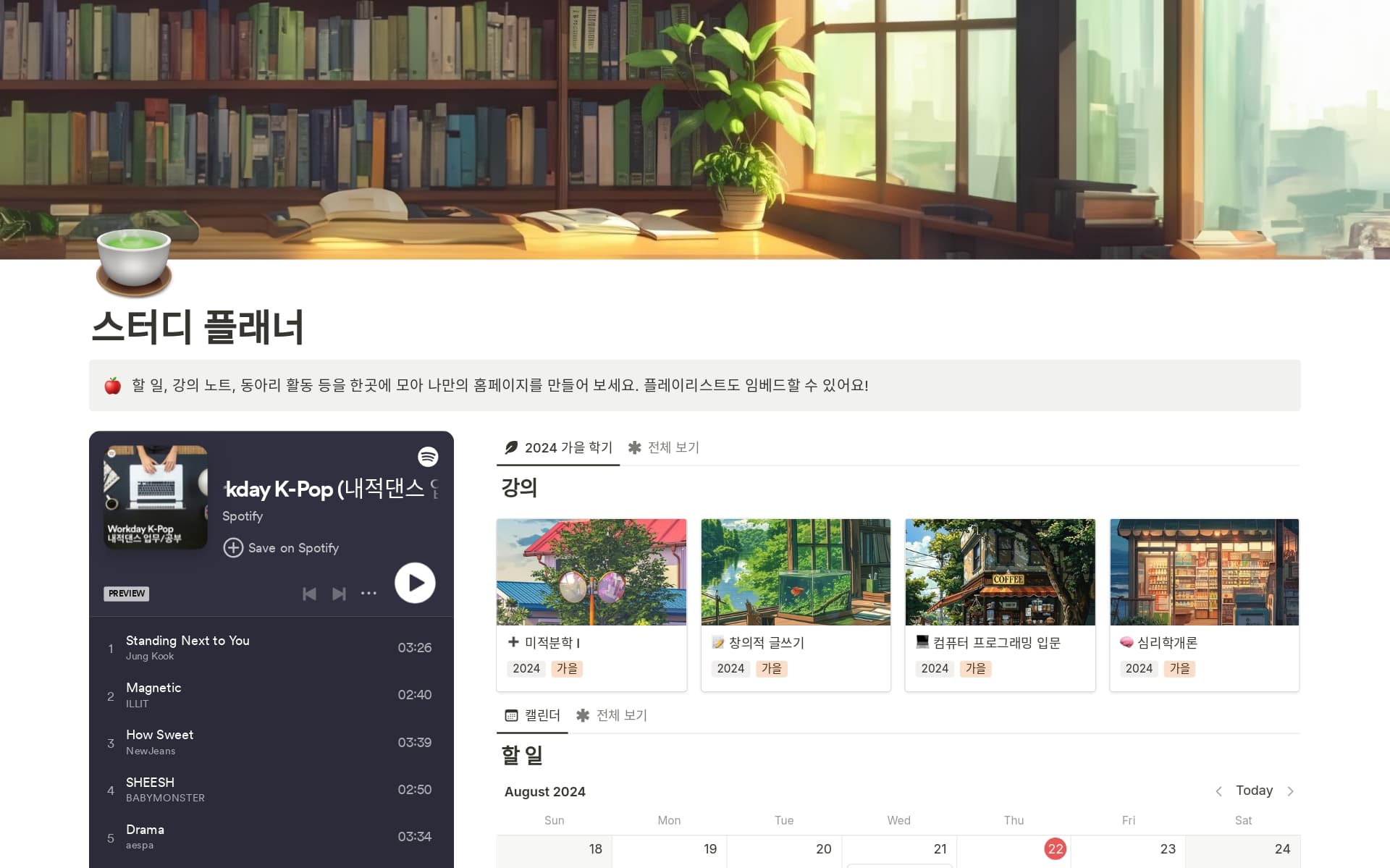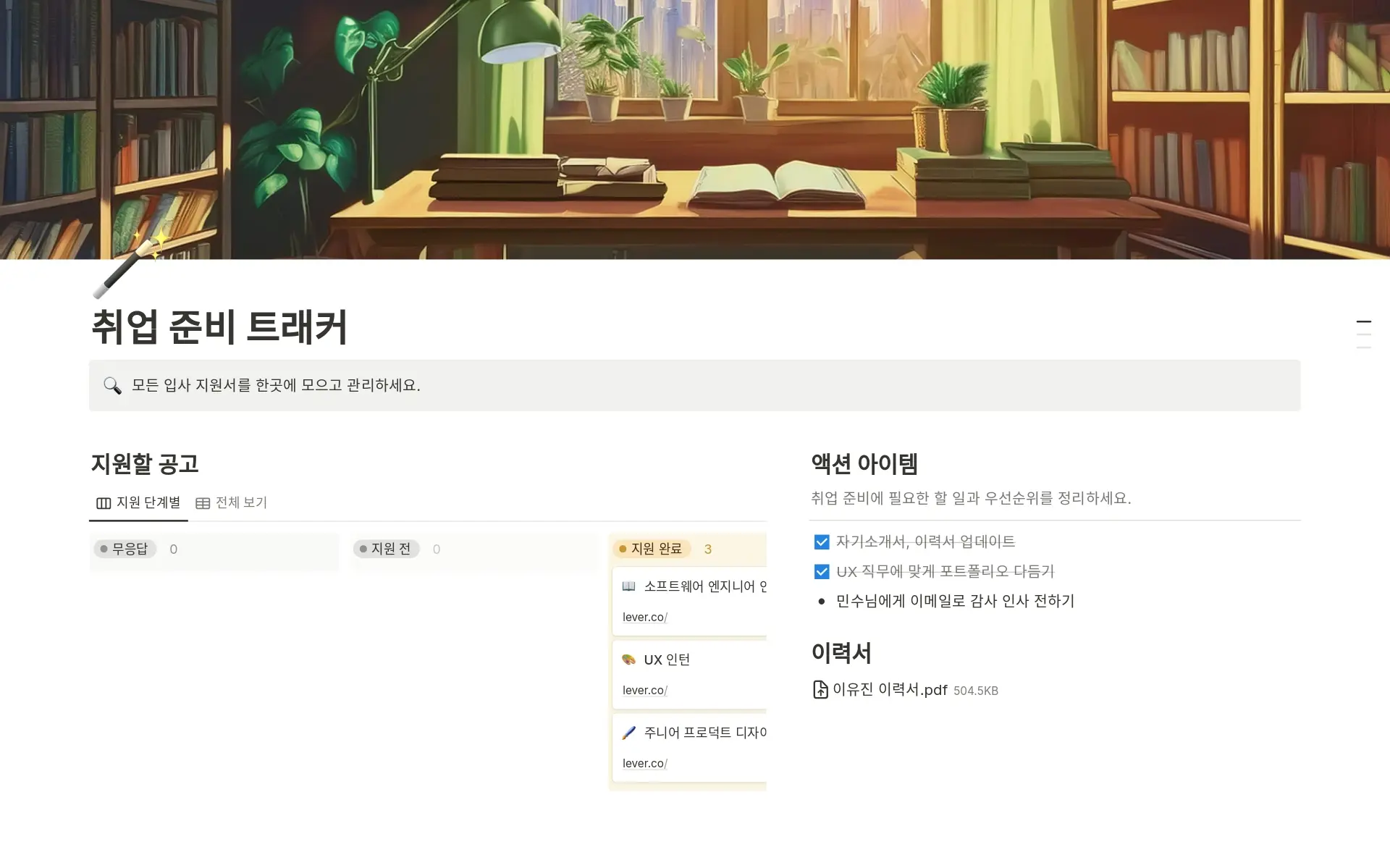A Design System serves as a comprehensive guide for UX/UI designers, encompassing elements such as typography, color palettes, layouts, and components that ensure consistency across a product's interface. A well-implemented Design System template in Notion can streamline the design process, allowing designers to maintain coherence in their work while also facilitating easier collaboration among team members.
Before you dive into creating your Design System template, explore these curated options to simplify your task: Design Mood Board, Brand Foundations Framework, Use Case Model, Ideation Board & Library for Graphic Designer, and more. These templates offer a structured approach to organizing your design principles and assets, saving you time and effort.
What Should Design System Templates Include?
Choosing the right Design System Template can streamline your design process, ensuring consistency and efficiency. Here are key components to look for:
UI Component Library: A comprehensive library should include a variety of pre-designed elements such as buttons, icons, and input fields, which are essential for rapid prototyping.
Style Guide: This should clearly define the design standards, including colors, fonts, and spacing, to maintain consistency across your project.
Documentation: Good templates come with detailed documentation that explains how to use the components and integrate them into your projects effectively.
Version Control: It should support version control mechanisms to track changes and updates, allowing multiple designers to collaborate smoothly.
Choosing a template with these components will ensure it meets most design needs, facilitating a smoother workflow and better collaboration among team members.
What Should Design System Templates Avoid?
Choosing the right Design System Template is crucial for streamlining your UX/UI projects. However, not all components are beneficial. Here are a few you might consider avoiding:
Overly Complex Widgets: Templates with widgets that require extensive customization can slow down your design process rather than facilitating it.
Non-Responsive Elements: Avoid templates that include elements which are not responsive. A good design system should function seamlessly across all devices.
Obsolete Design Patterns: Steer clear of templates that rely on outdated UI patterns which can degrade the user experience and the product's aesthetic appeal.
Selecting a template devoid of these components will ensure a more efficient and effective design workflow, enhancing both the process and the final user experience.













